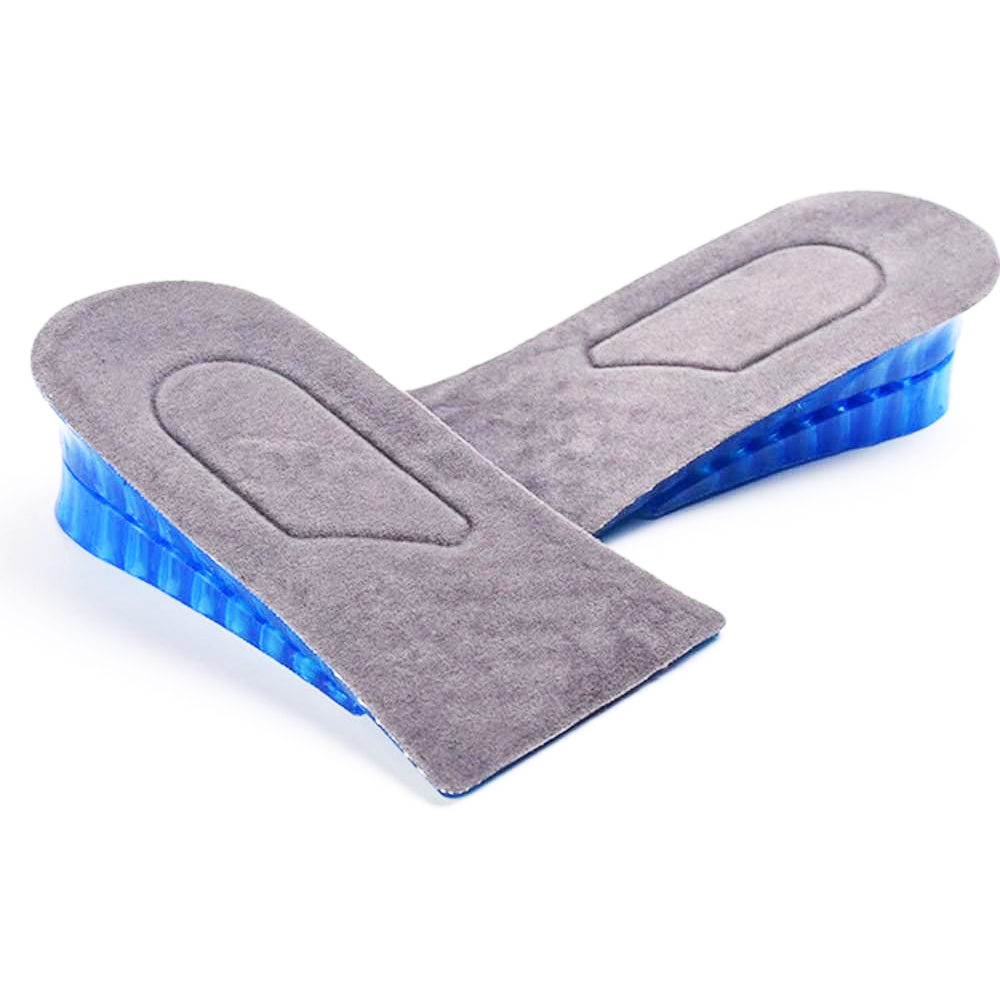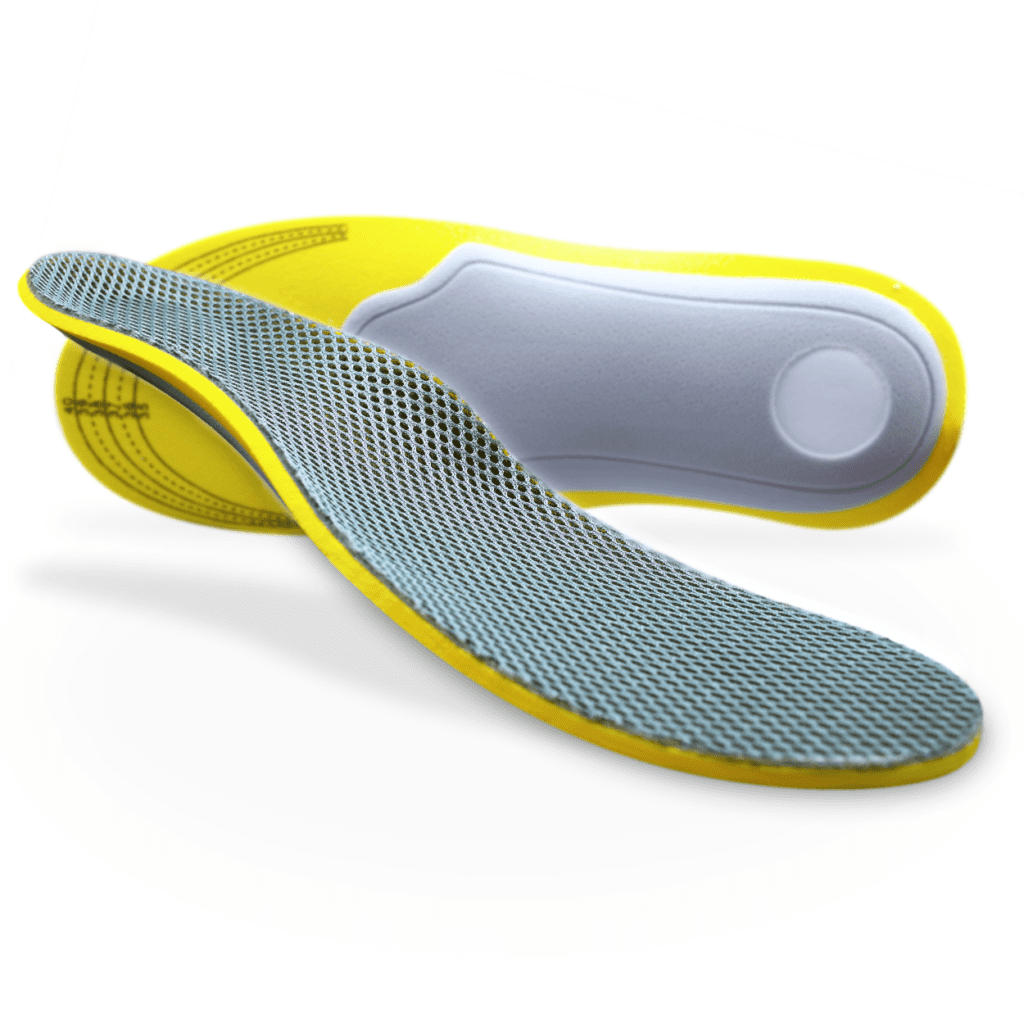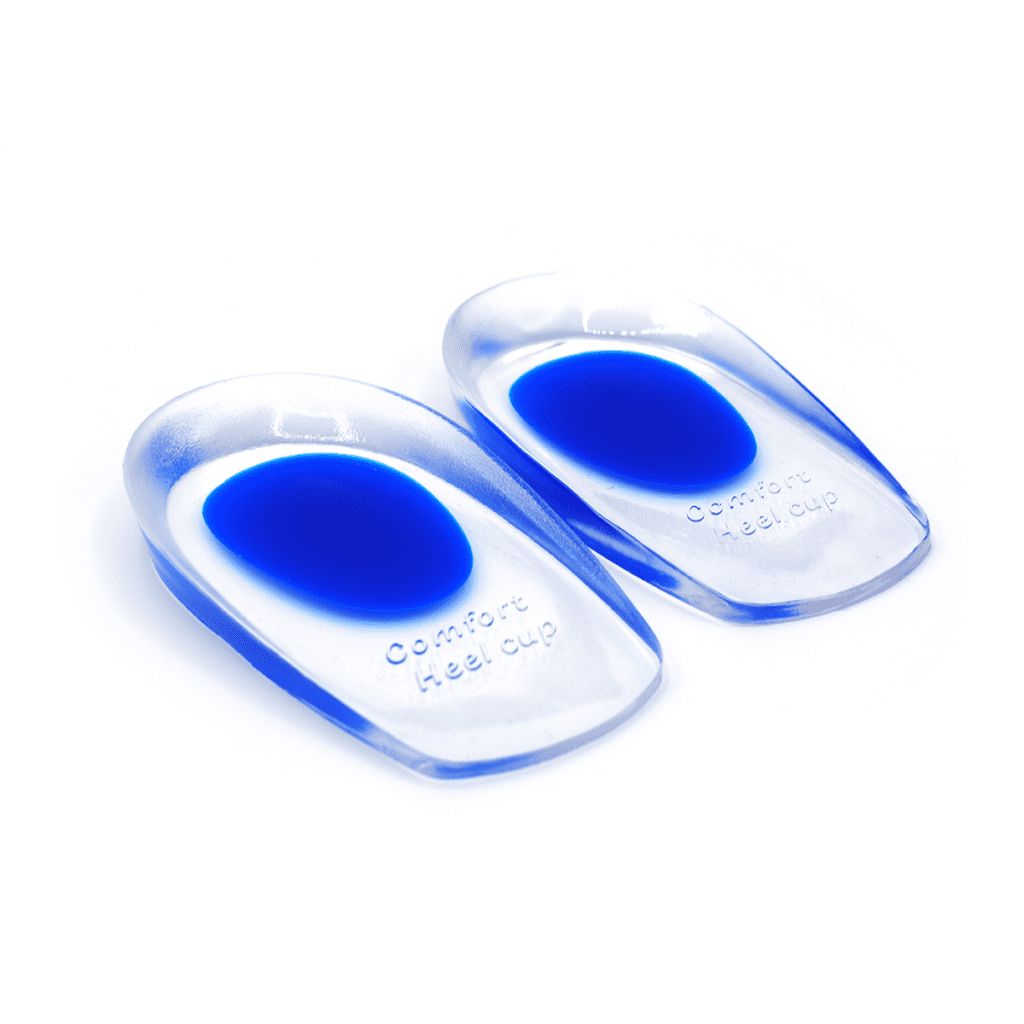No products in the cart.
What are the best insoles for Achilles tendonitis?
Before buying insoles to help treat your Achilles tendonitis it is important to first get to grips with what causes this will injury to develop, so can you make a better and more informed decision when buying your new insoles! This article will help provide you with all there is to know about Achilles tendonitis including what causes it and how to treat it properly. Below you will also find a handpicked selection of the best insoles for treating and preventing this injury!
What is Achilles tendonitis?
Achilles tendonitis is a form of tendonitis that affects the Achilles heel; there are many reasons why someone may get Achilles tendonitis. The most common cause of Achilles tendonitis is through overuse of the Achilles heel. This can mean healthy athletes have a greater risk of getting Achilles tendonitis than someone who does not use their Achilles tendon as much.
Something to keep in mind is that the symptoms of Achilles tendonitis can be confused with that of xanthoma of the Achilles tendon; xanthoma is often caused by the build-up of cholesterol due to hypercholesterolemia. In contrast to Achilles tendonitis, xanthoma of the Achilles is actually linked to an unhealthy and inactive lifestyle rather than that of a healthy athletic one.
If you get Achilles tendonitis, then recovery can often be long due to the fact that the tissues and cells in the Achilles tendon have a limited supply of blood meaning rebuilding and repairing of Achilles tendon will often take time.
Symptoms of Achilles tendonitis.
Symptoms of Achilles tendonitis include:
You may suffer from stiffness of the Achilles tendon when you wake up in the morning
- Pain which gets worse on the Achilles tendon or on back of your heel when using the Achilles tendon for example whilst running.
- Pain the day after excessive use of the Achilles
- Swelling which gets worse when you use the Achilles
- A bone spur may develop on your heel which forms as part of your body’s own natural response to protect your heel bone from further damage
- Tearing the Achilles tendon can cause a sudden “pop” so to speak if you have experienced this or something similar then it may be best to go see your doctor for further advice.
How does the tendon repair itself?
Scientists believe that when the Achilles tendon needs repairing cells from other tissues surrounding will actually migrate to the Achilles tendon to help repair the damage.
Also, blood from blood vessels shall also provide new fibres that will help the tendon reconstruct itself; it has been thought though that this process may actually be a cause to the pain experience when suffering from Achilles tendonitis. Scientific experiments have shown that by injecting local anaesthetics in patients suffering from Achilles tendonitis near these blood vessels the pain can be dramatically reduced.
Achilles tendonitis can be prevented with proper stretching and warm up of the Achilles heel before exercise or sport. Also, Achilles tendonitis can occur if one is not wearing correctly fitted and supportive shoes and insoles. That is why buying the right fitting insoles and shoes is quite important.
There are many tried and tested treatments for Achilles tendonitis including wearing orthotics and also heel pads to help reduce the pressure on the Achilles tendon. By better supporting the Achilles tendon with heel pads it has been proven to drastically improve recovery time, not only that but heel pads for Achilles tendonitis can help to prevent the problem from occurring in the first place.
Preventing Achilles tendonitis is easy with regular stretching exercises and heel pads.
As we get older the fact is that our tissues and bones weaken, and this is a natural part of growing older. However, this does mean the risk of getting such problems as Achilles tendonitis is greatly increased. To combat this and reduce the risk you can re strengthen the muscles and tissues that are around the Achilles tendon by doing regular stretching exercises. One of the exercises you can do quite easily each day is to slowly lower and raise your body whilst using the leg that is suffering from Achilles tendonitis.
Heel pads are another great way to prevent Achilles tendonitis as they will spread the pressure that can build up on the Achilles tendon and spread it evenly rather than it being focused on one point which may cause damage.
Handpicked selection of the best insoles for Achilles tendonitis

Adjustable Heel Lifts – Only £11.99
Recommended by Podiatrists and Physiotherapists wearing a pair of these heel lifts inside your shoes can help to improve Achilles tendonitis recovery. Using the innovative layer stack system, you can adjust the height of your heels quickly and easily. By increasing the height of your heels, you can help to ease tightness and tension in your Achilles tendon to prevent further injury whilst you are recovering.
Made from specially formed silicone gel these heel lifts have been made to protect your heels and ankles from shock when you walk. They will also spread pressure evenly underneath your heels stopping pressure points from developing and causing pain and injury to your feet.
By wearing a pair of these heel lifts inside your shoe you can gain as much as 1.5 inches in height quickly easily and discreetly.

Heightboosters™ Shoe Lift Inserts for Height – Only £11.99
Next on our list are these Heightboosters™ 3/4 length Shoe Lift Inserts for increasing the height of your heels. Specially designed to support your Achilles tendon in the correct position and to help improve your injury recovery.
These lifts work by adding and taking away stacks. In total you can increase the height of your heels by as much as 1.5 Inches or 40mm with all the stack on top of each other.
These lifts are made from honeycomb gel that will help to provide good shock absorption to your feet helping to protect your feet and lower limbs from impacts, vibrations and shock when you walk. The lightweight and non-bulky design also means these lifts are ideal for slipping inside lots of different types of shoes quickly and easily.
You can also wear these lifts to help not only treat and prevent Achilles tendonitis but also for correcting Leng length discrepancies, Plantar Fasciitis recovery, easing heel pain or simply to make yourself look taller!

Orthotic Arch Support Insoles – Only £9.99
This pair of arch support insoles can help to treat Achilles tendonitis by correcting biomechanical imbalances in your feet. They are designed to provide your arches and heels with more support and will help to realign your feet in the correct position and prevent common gait problems such as Overpronation and Supination which are common causes of Achilles tendonitis.
Made from lightweight carbon fire material these insoles will absorb shock and protect your lower limbs from shock when your foot strikes the ground. By wearing these insoles in your shoes, you will help to better protect your lower limbs from injury and enable yourself to make a fast and full recovery.

Massaging Gel Heel Cups – Only £7.99
Next on our list are these Massaging Gel Heel Cups that have been designed to support, soothe and protect your heels and ankles. These heel cups are highly recommended by Podiatrists and Physiotherapists for helping treat and prevent Achilles tendonitis and are great for easing heel pain.
Featuring deep heel cup that will realign and stabilize your heels wearing these heel cups will help prevent twisting and turning of your ankle to stop further damage to your weakened Achilles tendon. Made from medical grade silicone gel these heel cups will absorb shock and protect your feet when your feet hit the ground. What is more is that these heel cups will also massage your feet as you walk stimulating your muscles and tendons to help boost blood circulation in your feet to promote healing, reduce inflammation and swelling and soothe pain.
Lightweight, non-bulky and can be fitted inside just about any type of footwear with total ease these heel cups are a perfect choice for anyone who is suffering from Achilles tendonitis or simply tired aching heels.
Remember! All orders come with a full 30-day money back guarantee which means you have nothing to lose when ordering as if you aren’t happy with your new insoles, you can just send them back to get a full refund! All orders made on working days are quickly dispatched that same day. Orders made on weekends or bank holidays are dispatched the next working day.